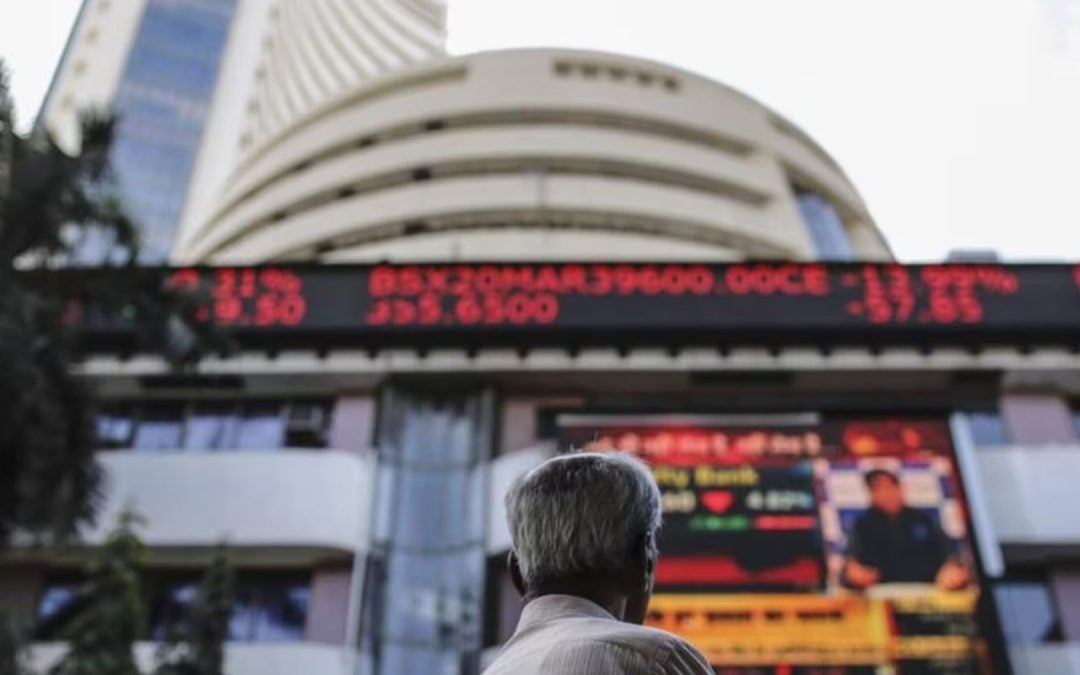The ongoing vote counting for elections has caused significant volatility in the stock market. Monday’s morning trading session saw the biggest gap-up opening in four years for the Nifty, which rose 3.6 percent to 23,338.7 points.
However, as the vote counting proceeded on Tuesday and the NDA-led government seemed to be achieving less than the exit polls had predicted, the Sensex and Nifty crashed, wiping out all of the gains made on Monday’s session.
The Sensex dropped by 8.15 percent, while the Nifty 50 index dropped by 8.5 percent to 21,281.45 points marking the worst decline since March 2020, and the market witnessed heavy selling on Tuesday. As the Sensex and Nifty experienced a freefall, investors lost ~Rs. 30 lakh crore in a single day.
In addition, the Nifty Bank index and PSU Bank index decreased by 7 percent and 15 percent, respectively, while both the Nifty Midcap as well as Nifty Smallcap indices are down by more than 8 percent.
Despite this fall, the India Volatility Index, or India VIX, jumped by 51.4 percent to hit an intraday high at 31.71 on Tuesday’s session in the middle of the uncertainties around the Lok Sabha polls, and closed in the green at 26.75, up by 27.7 percent.
The rise in India VIX was observed after counting trends suggested that the Bharatiya Janata Party (BJP) of Prime Minister Narendra Modi might need alliance partners to get back to power for a third time.
On the other hand, the LS exit polls’ prediction that the BJP-led National Democratic Alliance (NDA) government would return to power by winning a majority caused the India VIX to fall by about 15 percent to 20.94 on Monday.
The India VIX, also known as the India Volatility Index, was first introduced by the NSE in 2003. It is a volatile index that measures the market’s expectation of volatility and fluctuations in the near term.
In the last one year, the index has gone up by around 139.3 percent, while it has moved up by nearly 105.3 percent in the last six months and about 81.8 percent, so far in 2024.
The rise in the volatile index can usually be seen when the market is continuously fluctuating, indicating an increase in volatility in the market; conversely, a fall in the India VIX is typically observed when the market is more stable and there is less volatility.
This index, which is unrelated to the price index like the NIFTY, reflects investors’ opinions about the stock market over the near term, or the next 30 days.
Written by Shivani Singh
Disclaimer

The views and investment tips expressed by investment experts/broking houses/rating agencies on tradebrains.in are their own, and not that of the website or its management. Investing in equities poses a risk of financial losses. Investors must therefore exercise due caution while investing or trading in stocks. Dailyraven Technologies or the author are not liable for any losses caused as a result of the decision based on this article. Please consult your investment advisor before investing.






